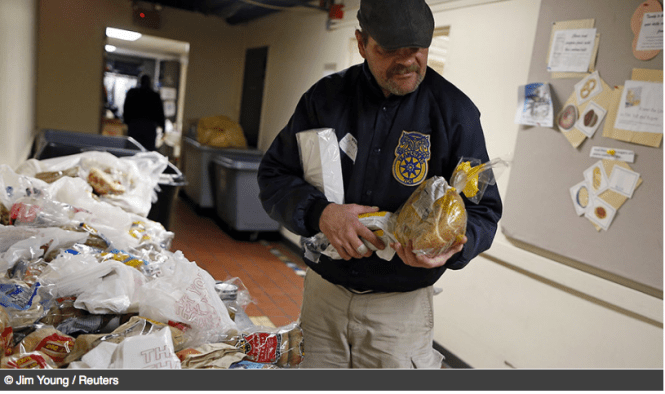
WHAT IS CREDIT CARD CRITICAL MASS?
Credit card critical mass refers to the appropriate number and kinds of credit cards to have. How does one know what kinds to have? How many to have? When enough is enough? Then, when is how many too much, therefore, when is it time to stop collecting more or even cut back? What is the best way to cut back? This blog post will attempt to answer these questions. But keep in mind that the numbers and types of cards will vary depending upon the person, their lifestyle and needs.
COLLECTING CREDIT CARDS
When I started collected credit cards, I went through some very active phases. The reason for these was manifold:
a. building up my credit
b. getting promotional welcome bonuses
c. collecting cash rewards
d. establishing the best cash rewards rates
e. traveling bonuses

THE CASH REWARDS SWEET SPOT
At one point in my credit card collecting, I realized that I had achieved a cash rewards credit card sweet spot. I compare this to a straight flush in the card game of poker. The blog post, A Two-Pronged Credit Card Rating System (Part 2 – June 2019) goes into detail about this. The straight cash rewards flush looks like this collection of credit cards:
6% for US supermarkets
5% for purchases at many cobranded store cards
4% for dining out
3% for gas
2% for health care services and items
1.5% for all purchases
REACHING CRITICAL MASS
In the collecting cards phase, I saw only the small picture. At the time I applied for a card, I found it a necessity. After a few years, I accomplished all of my above goals and then some. Not only did I reach my credit card critical mass but in retrospect, I surpassed it. How did I know that I had done this? That was easy to answer. I knew because the number of cards I had to deal with had become unmanageable.

SURPASSING CRITICAL MASS
As the owner of many credit cards, I was forced to see the big picture and began to ask myself these questions:
a. how many cards did I really need?
b. what categories did I spend the most in?
c. with that in mind, which cards did I use most often?
d. which cards was I leaving dormant?
e. why was I having trouble keeping track of my card purchases when it came time to do my monthly accounting?
f. how could I make things more manageable?
g. when was enough, enough?
h. how could I safely cut back on the number of cards I had?
THE CREDIT CARD CRITICAL MASS FORMULA
Fortunately I found a formula I could use to determine about how many cards to own, which ones to keep and those to phase out since I had surpassed critical mass. These are the factors I now consider in which cards to use:
a. the oldest aged accounts
b. those with the best credit line and lowest credit utilization ratio
c. the ones with optimal returns in my top spending categories
d. those that give me the maximum value for use with my favorite merchants, stores, airlines. or hotels

PHASE OUT RATHER THAN CLOSE CARDS
It is best not to close cards. Instead, let them phase out by letting them be dormant. Make sure that any card that has fees stays open only if it is useful by the above standards. Otherwise, close it to avoid any future fees if it is going to be dormant.
IN CONCLUSION
It is beneficial to have both network and co-branded cards when they have value. But it is wisest not to gather more cards than are really necessary. It can become a real nuisance to have too many cards to care for. On the other hand, it is great to have just enough to be helpful and profitable.
SOURCES & RESOURCES
1. Is 20 Cards Too Many To Own: How to Streamline Your Wallet
2. How Many Cards Is Too Many?
3. How to Cancel A Credit Card
4. How Many Credit Cards Should I Have?
5. How Many Credit Cards Does the Average American Have?
6. Network and Co-Branded Cards





























